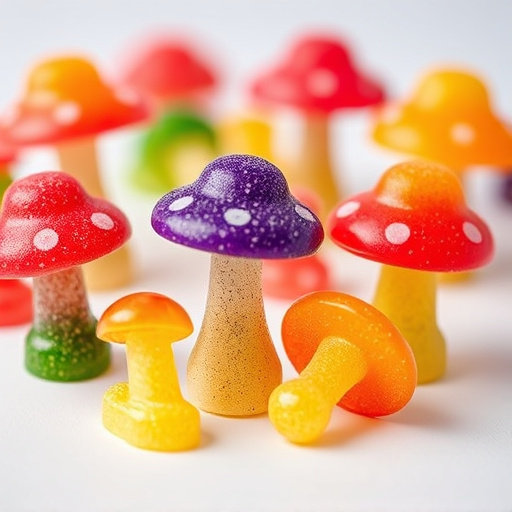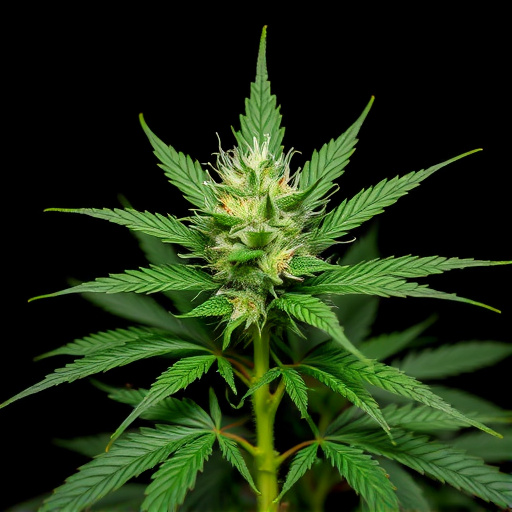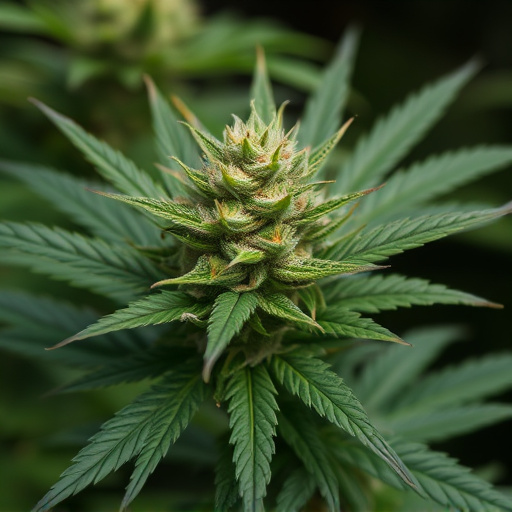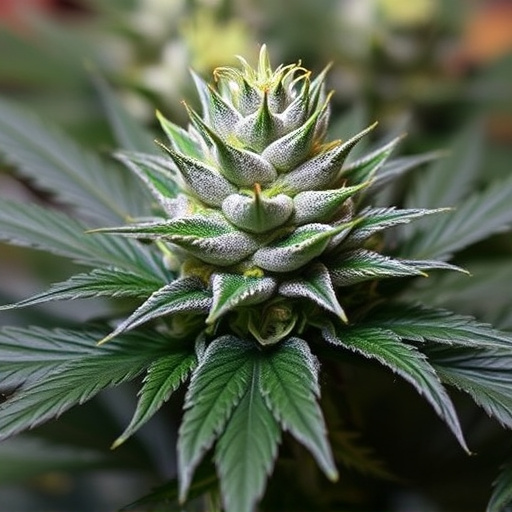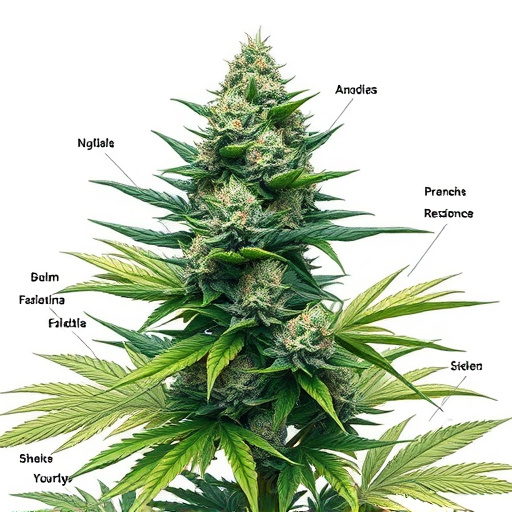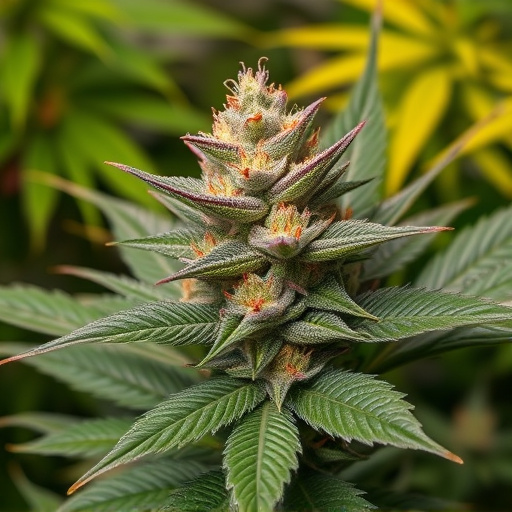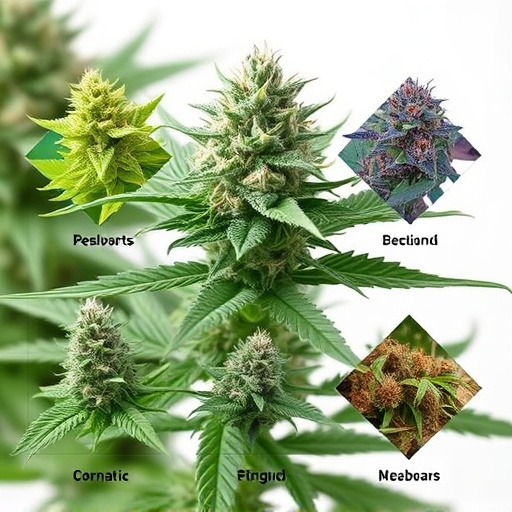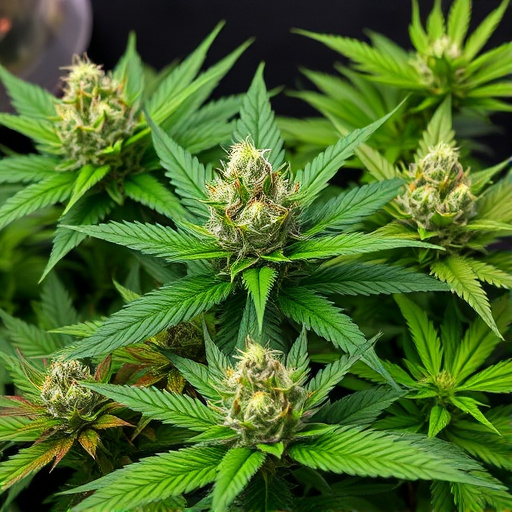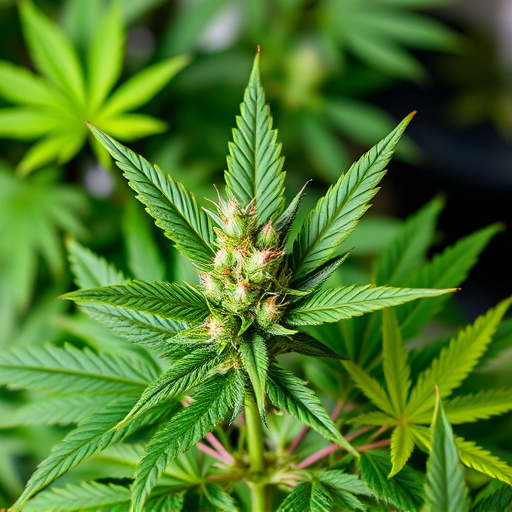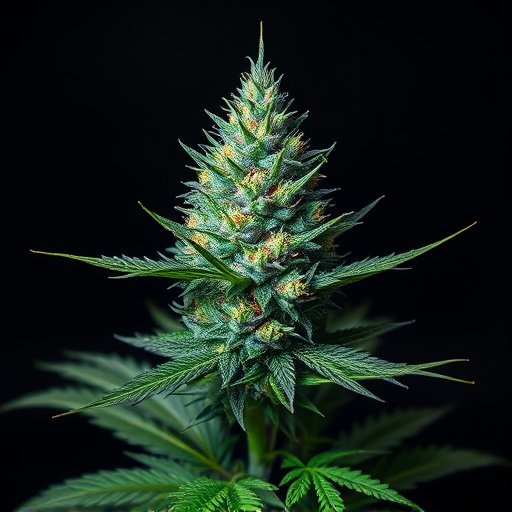Cannabis' unique effects stem from over 100 cannabinoids, most notably THC and CBD, which interact with our bodies' endocannabinoid system. Terpenes further enhance diversity in various strains known for distinct sensations and varying potency (Indica for relaxation, Sativa for energy, Hybrids for both). Genetic factors influence individual reactions due to variations in cannabinoid receptors and metabolism, leading to diverse responses even among users consuming similar types of cannabis strains. Environmental factors and tolerance levels also play significant roles in the effects experienced from different types of cannabis strains.
Cannabis, or ‘weed’, is renowned for its diverse effects on individuals. This phenomenon can be attributed to the complex interplay between several factors. Firstly, let’s explore the intricate chemistry of cannabis, with over 100 cannabinoids influencing our bodies. Secondly, genetic variations shape how we react to different types of cannabis strains. Additionally, environmental factors and personal tolerance levels play pivotal roles in shaping these unique experiences. Understanding these aspects reveals why the same strain can produce varying effects on distinct people.
- Understanding the Complexity of Cannabis Chemistry
- Genetic Differences and Individual Receptor Sites
- Environmental Factors and Personal Tolerance Levels
Understanding the Complexity of Cannabis Chemistry
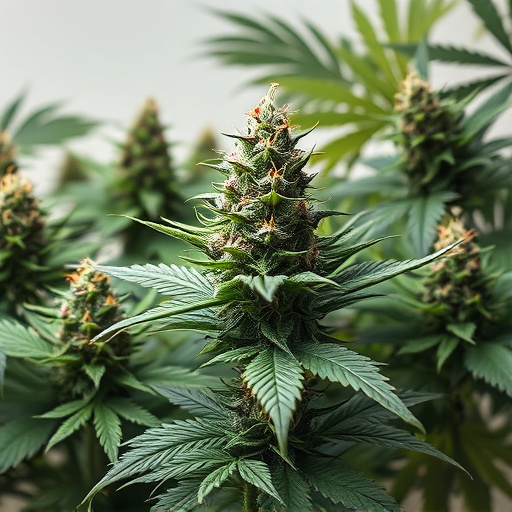
Cannabis, or weed, is a complex plant with an intricate chemistry that contributes to its diverse effects on individuals. Understanding this complexity is key to grasping why the same strain can produce varying experiences from one person to another. The plant contains over 100 different cannabinoids, the most well-known being THC and CBD. These compounds interact with our bodies’ endocannabinoid system, which plays a crucial role in regulating mood, memory, appetite, and pain perception.
The variety of cannabis strains, each with its unique combination of terpenes (aromatic compounds) and cannabinoids, further adds to this complexity. Different types of cannabis strains can evoke distinct sensations and have varying levels of potency. For instance, Indica strains are often associated with relaxing effects, while Sativa strains are known for their uplifting and energizing properties. Hybrid strains, as the name suggests, offer a blend of these characteristics from both parent plants. This chemical diversity ensures that no two cannabis experiences are identical, making it a fascinating subject for study and an intriguing experience for consumers.
Genetic Differences and Individual Receptor Sites

Everyone’s experience with cannabis is unique, and a significant factor in this variability is genetic. Our bodies contain cannabinoid receptors, which are like locks that bind to specific keys—cannabinoids found in cannabis plants. These receptors play a crucial role in regulating various physiological processes and influencing how we perceive the drug. Genetic variations can change the number and sensitivity of these receptors, leading to different responses to consuming similar types of cannabis strains.
Additionally, genetic differences impact the way our bodies metabolize cannabinoids. Some people may have a higher tolerance due to more efficient metabolism, while others might experience enhanced effects because their bodies process cannabinoids slower. These variations contribute to the diverse range of experiences, from subtle relaxation to more potent psychoactive effects, observed among individuals who consume different types of cannabis strains.
Environmental Factors and Personal Tolerance Levels

The effects of weed can vary greatly from person to person, and a significant factor in this variability is environmental influences combined with individual tolerance levels. The environment in which cannabis is consumed plays a crucial role. Factors like setting, company, and surrounding stimuli can intensify or alter the experience. For instance, a relaxing outdoor setting with calming music might enhance the soothing effects of a high-CBD strain, while an energetic party atmosphere could amplify the euphoria from a more potent THC-rich variety.
Personal tolerance levels are another critical aspect. Regular users may develop a higher threshold for cannabis due to frequent exposure, leading them to require stronger doses for the same effects. In contrast, occasional consumers might experience more pronounced reactions to smaller amounts. These variations highlight why the same type of cannabis strain can produce different experiences, emphasizing the need to consider both environmental factors and individual tolerance when evaluating how weed affects each person uniquely.
Cannabis’ diverse effects on individuals are a result of complex interactions between chemistry, genetics, and environment. The varying chemical profiles of different types of cannabis strains, combined with unique genetic receptivity, mean that what works for one person may not work for another. Understanding these factors helps us appreciate the personalized nature of cannabis experiences, emphasizing the need for responsible use and further research to optimize its therapeutic potential for all.

